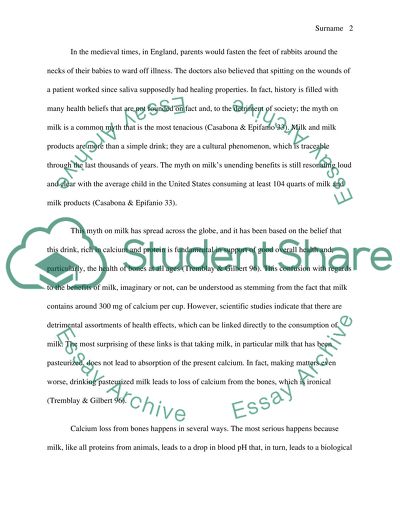Cite this document
(“Milk Is Not Good For You Essay Example | Topics and Well Written Essays - 1750 words”, n.d.)
Retrieved from https://studentshare.org/english/1479177-milk-is-not-good-for-you
Retrieved from https://studentshare.org/english/1479177-milk-is-not-good-for-you
(Milk Is Not Good For You Essay Example | Topics and Well Written Essays - 1750 Words)
https://studentshare.org/english/1479177-milk-is-not-good-for-you.
https://studentshare.org/english/1479177-milk-is-not-good-for-you.
“Milk Is Not Good For You Essay Example | Topics and Well Written Essays - 1750 Words”, n.d. https://studentshare.org/english/1479177-milk-is-not-good-for-you.


